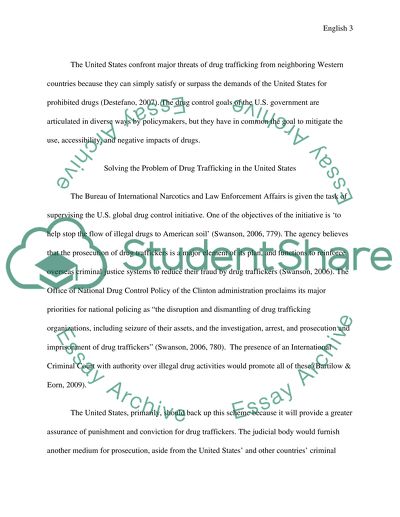Cite this document
(“Drug Trafficking in the United States Research Paper”, n.d.)
Retrieved from https://studentshare.org/english/1425247-drug-trafficking-in-the-united-states
Retrieved from https://studentshare.org/english/1425247-drug-trafficking-in-the-united-states
(Drug Trafficking in the United States Research Paper)
https://studentshare.org/english/1425247-drug-trafficking-in-the-united-states.
https://studentshare.org/english/1425247-drug-trafficking-in-the-united-states.
“Drug Trafficking in the United States Research Paper”, n.d. https://studentshare.org/english/1425247-drug-trafficking-in-the-united-states.


